Shadow of War Review: Is it worth playing now?
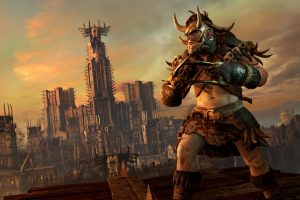
Shadow of War (SoW) is the much-anticipated sequel to Monolith’s acclaimed LOTR spin-off action game Shadow of Mordor (SoM), promising a continuation of the main games story, a much bigger world to explore, and an evolution of everything that made the first game great whilst adding in a plethora of fresh features and mechanics.
I was a big fan of SoM, enjoying the presentation, fluid controls, and (especially) the novel Nemesis system, which added a fresh new layer of depth and meaning to the simple staple of killing enemies in a videogame.
The game launched in 2017, which was a point in time when the gaming industry was obsessed with the trend of monetizing their games via the controversial mechanics of microtransactions and loot boxes. Monolith were no different, and joined the party with Shadow of War, sparking animosity from the gaming community. A single-player-only game really didn’t seem to mesh well with a MTX model, which was typically for multiplayer titles up until that point.
Thankfully, as a result of the backlash, Monolith have since removed all microstransactions from the game, and streamlined various segments they had previously padded out to encourage players to invest their real-world money.
So is the game now worth playing after these improvements? Here is the Good, the Mixed and the Bad after playing Shadow of War recently:
(You can buy Shadow of War from Amazon here).
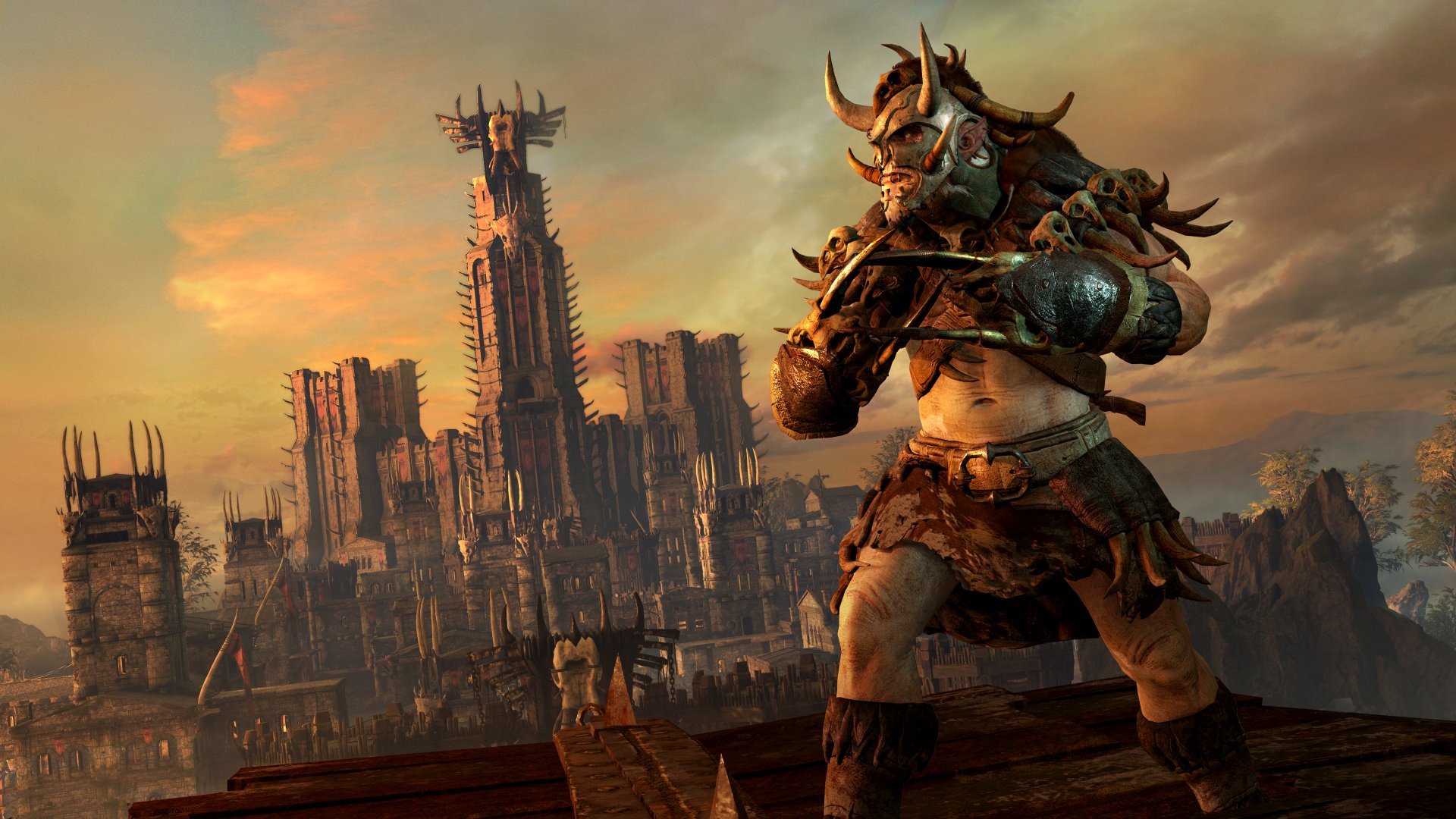
The Good
Graphics: SoW’s predecessor, SoM, was one of the first games of the eighth generation to truly look ‘next-gen’. The amount of enemies on-screen, the detailed textures and sheer scale of SoM hadn’t been seen in generations-past. SoW builds on the original with more of everything – more enemies, more variety or locations, armour and weapons, and better graphical fidelity. The game looks spectacular, with large cities like Minath Ithil and sprawling landscapes like Gorgoroth rendered in wonderful detail. The orcs themselves have even more variety and intricacy, coming in all sorts of shapes and sizes. All in-all, Tolkien’s world has never looked better in a game.
Nemesis system: The crown jewel of SoM was the unique Nemesis system, which brought meaning and purpose to mindless slaughter of Orcs. If an Orc kills you, he is rewarded via a promotion in the orc army, becomes stronger, amasses followers and develops a reputation. When a game makes the effort to account for the player’s multiple deaths in the game’s world, it really adds to the immersion, and the Nemesis system serves as a brilliant example of how to do this. in SoW, Monolith have added more layers to the system, which I won’t detail here (here’s a good summary), but suffice to say it serves its purpose successfully in adding depth to the gameplay loop.
Combat: The Assassin’s Creed/Arkham hybrid style combat that worked so well in the first game is retained in SoW, and built upon nicely, with a fluid, easy-to-pick-up-but-tough-to-master system tweaked to add new layers of depth. Going from a flurry of melee attacks into some elf-magic blasts or domination feels great to pull off, and a good job too – as the majority of the gameplay is combat-based.
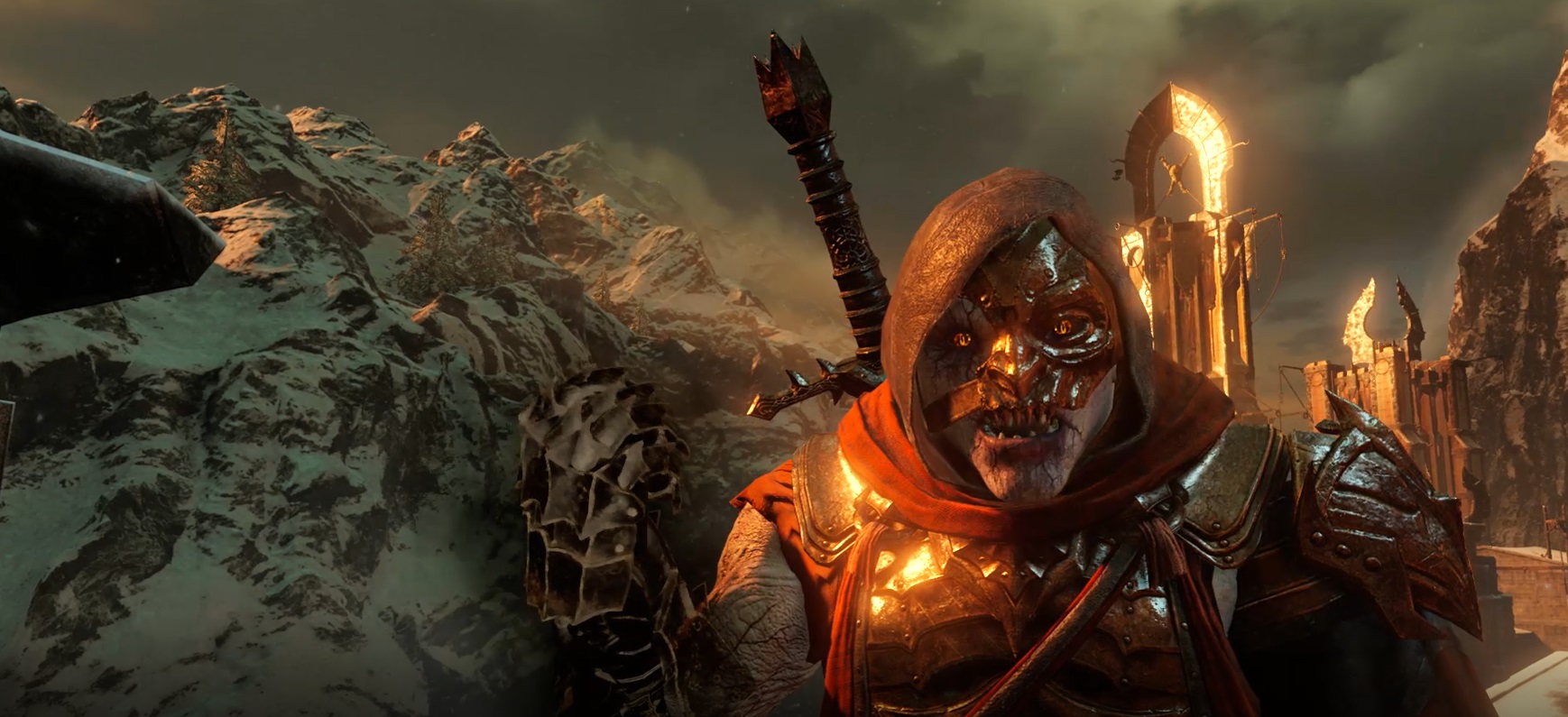
Quick to get going: Mercifully SoW wastes no time in throwing you into the action without much of a tutorial. The option is there for a more gentle intro if you haven’t played SoM, but for the most part SoW throws you straight in, with most of Talion’s moves and abilities he learned in the last game immediately accessible, so coming straight from SoM it won’t feel like a downgrade initially.
Littered lore: Something I absolutely loved about the first game was the sprinkling of Tolkien lore throughout the game, in the form of relics and trinkets scattered throughout the world (all optional). Like most other features, SoW doubles down on this, with hundreds of option items to collect hidden across Gondor and Mordor. Each time you collect a relic, Talion and Celebrimbor have a neat little conversation about it, giving you a tidbit of Middle Earth info. It’s a great layer of extra depth and provides real value to the lore fans.
Fortresses and sieges: There are many new gameplay mechanics added to SoW, but none more prominent and effective as the fortress sieges. Each area has a fortress that you’ll need to assault along with your Orc army, which you’ll build up as you progress through the story. Assaulting a fortress is simply pure fun, and feels like a natural progression of the gameplay from SoM. You’ll storm a huge castle filled with various orc warlords and captains that you’ll have come across in the build-up to the assault, and whose strengths and levels will be dependant upon how well you’ve done up until that point. After battling your way to the gate of the main fortress’ tower, you’ll be in a stand-off with the leader of the fortress, and again depending on how well you’ve whittled down his army before the siege, he’ll be flanked by his various bodyguards. There’s a lovely sense of satisfaction that doesn’t get old when a warlord’s bodyguard turns on him when the fight starts because you’ve planted him as a spy earlier in the game. A brilliant and well-developed feature.
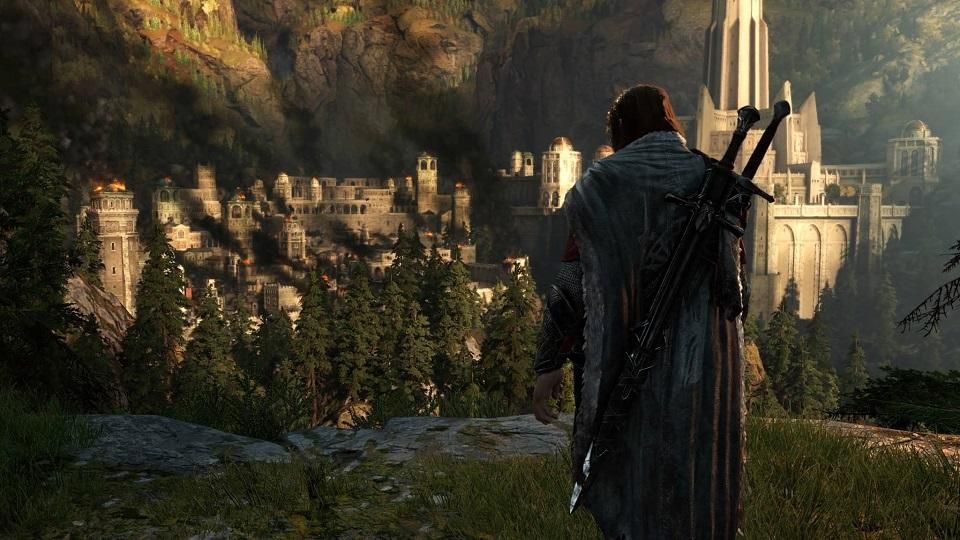
Green: One of the few criticisms I had of SoM was the lack of variety in the locations and environments. Mordor was a pretty bleak and drab place. Whilst understandable from a thematic perspective, I did find myself craving some variety and some colour after a while. Thankfully, SoW delivers in this department, with a lot more variation in its locations. The rolling green hills of Nurnen and the snowy mountains of Seregost really help to keep things mixed up and feeling fresh, as a lot of the actual gameplay remains the same throughout.
Length: Before the large update, SoW was an extremely long game – and many felt that the endgame which involves invading several fortresses multiple times (Dubbed ‘The Shadow Wars’) was deliberated elongated and designed to encourage to players to push microtransactions to make the process quicker and easier. Monolith seem to have inadvertently confirmed this, as the update has brought with it a much more streamlined Shadow Wars section, with the player only having to conquer each of the game’s fortresses once. This reduction makes the game’s main story length around 30-40 hours, which is still very generous, and there’s plenty to do once you finish the main game. If you fancy it.
Pitbull: Another fun new feature is the fighting pits. In the pits, you can choose to level up your orcs by pitting them against other orcs, against whom they’ll fight to the death. This brings an interesting change of pace to the proceedings, as you don’t control your fighting orcs – instead you watch on helpless as they either win victory or succumb to a stronger foe. It’s a weird sort of orc-Pokemon. Porcemon. It’s a fun way of changing the pace of the game and serves to heighten your bond with your orc minions.
Balrog: The creature design is excellent in this game, with the drakes, trolls and everything in between all bringing their own unique flavour to the party. But one special mention does need to be given to the Balrog in the game – Tar Goroth. There’s a good reason Monolith used this guy to market the game – he looks phenomenal, and the storyline in which he features is a real highlight.
Sense of power: As you progress through the game, Talion and Celebrimbor amass power in the form of an army, abilities and strength. The game does a very good job of maintaining a balance between giving you a feel of immense power and keeping a challenge to the game. By the end, your abilities allow you to breeze past the average orc, but at the same time the stronger orc captains and Warlords will have gained strength, resistances and new abilities to counteract your new God-like status. It’s admirable Monolith managed this, as in SoM things got a bit too easy too quickly.
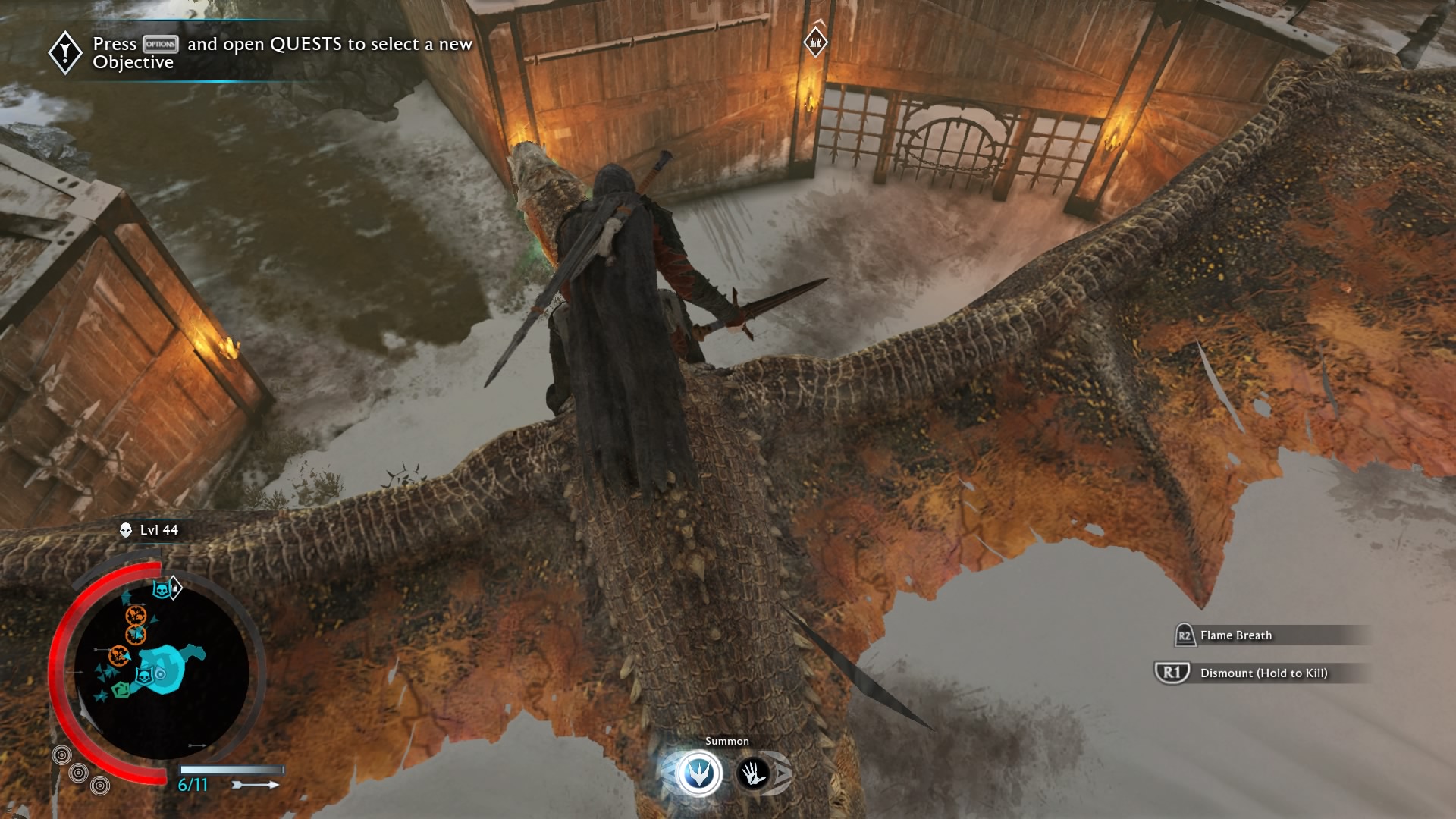
Mixed
Orcward: A lot of resources have gone into bringing variety of character to the orcs this time around, with a wide array of accents, sizes, shapes and colours. The reason Monolith went with this is obvious, as whilst SoM’s orc variety was great, but as the game went on, some repetition in the faces and lines the orc’s spouted started to happen pretty frequently. So wider variety is welcomed, but the issue is that they’ve gone a bit too far – some of the personalities are too non-orcish, too human-like. A bit of humour and personality is fine, but orcs should retain their monster-like qualities, and sadly some of them in SoW just aren’t freakish enough.
Treasure hunting: Probably the main issue with the previous game I had was one that plagues a lot of the open world games released this generation. They provide a beautifully crafted open landscape to explore… yet make the act of exploration itself completely redundant by marking every single discoverable item and point of interest on the map. This completely removes the joy of spotting a cave in the distance and wondering what is inside, as your map tells you already: either one of the several types of collectible, or nothing. If there’s nothing on the map, then there’s no point in going there. I spent around 40 or so hours with SoW, but I couldn’t tell you much about the layout of the various areas, as exploration and mentally mapping them out wasn’t really required – the fun I derived came from the combat and army building. There is a feature SoW has brought in as an attempt to combat this, but it doesn’t do enough, and instead just provides more frustration. Now, whenever you ascend a tower, you have the option to ‘scope out’ the hidden treasures using a sort of force-sensitive binoculars that use a hot-cold method of locating the hidden items. presumably this is supposed to be optional to allow the player the choice of free discovery or map marking, but it just feels mandatory – and worse, it’s tedious. A dropped catch here by Monolith.
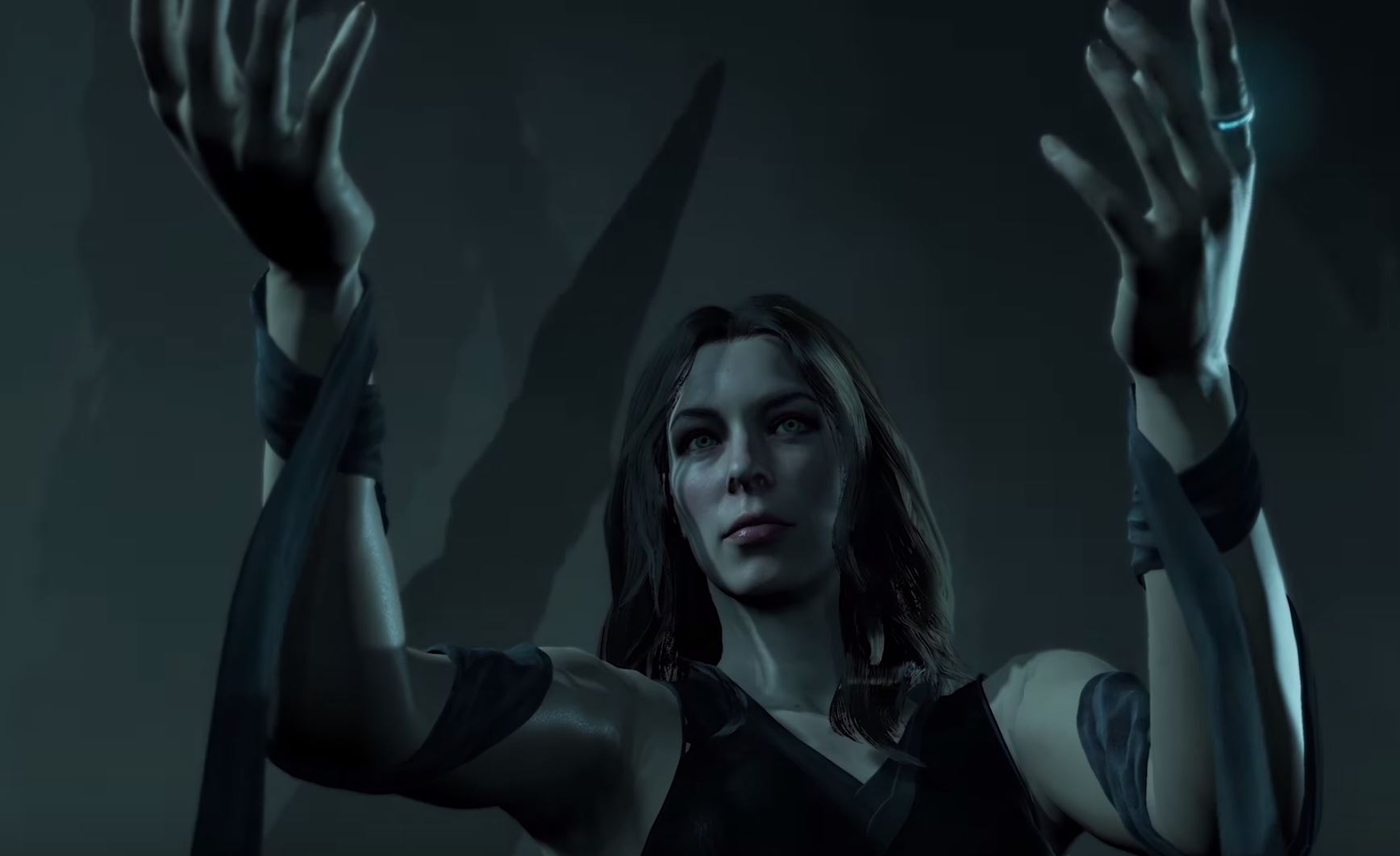
World size: SoW is a scale of magnitude larger than SoM, and I’ve already mentioned the welcomed diversity in the locations. However, as detailed and visually impressed as the areas are, there’s a lack of organic feel about the world – everything feels a bit segmented and there’s no tangible sense of an interconnected Middle-Earth.
Feature quality: There’s a lot packed into SoW gameplay-wise, however things are quite uneven in terms of depth and quality. There are different types of mission and activity, and some are excellent, like the aforementioned Balrog plotline, but for every good part there’s a bad – for instance some of the other stealth-based missions feel a little dull and derivative, and the Celebrimbor ‘memory’ missions are just a series of kill everything within a certain time limit’. Monolith have also brought in quite a few RPG elements to the table in SoW, and again whilst it’s a welcome addition in principle, it feel a bit under-cooked. There’s a skill tree which allows for unlocked abilities which is satisfying, but there’s also what feels like thousands of incrementally improving equipment and armour, which all feel a bit pointless.
Human touch: There’s a full cast of humans joining Talion and Celebrimbor this time around, and it helps amplify the ‘full-scale-war’ atmosphere of SoW, where SoM went for a more lone-wolf-against-the-world vibe. Sadly, the characters for the most part are pretty generic and forgettable, and only really serve as tools to push the narrative forward.
Nazgul: As well as the Balrog, another element of Tolkien lore to make an appearance are the Nazgul. I was a bit skeptical about how they’d be portrayed, but thankfully for the most part Monolith have nailed it. They’re ominous, menacing and a challenge to fight when you encounter them. They also look badass. Sadly, things in the Nazgul department take a bit of a dip later in the game, when things goes off-piste lore-wise. Without spoiling things, several character sin the lore are Nazgul in this game, which… just doesn’t quite work. This series has always been a bit of a ‘what-if’ for me in terms of lore, and so it’s completely fine for it to stray here and there, but the Nazgul element just didn’t work for me.
Bad
Script: I’ve mentioned the over-humanization of the Orcs already and how at times it felt not orc-ish enough, but honestly some of the one-liners they come out with just aren’t good, and worse, some of them are far too long. It’s frustrating encountering a captain for the first time and having to wait a full minute while he spouts a quip about what he’ll do to your ground up bones, and even worse – if there are other captains in the scene, it’ll cut back and forth between them all as they all give their intro speeches, ruining the pacing of the action. The Orc personalities were widely praised in SoM, and it feels like Monolith have taken this on board a little too much second time around.
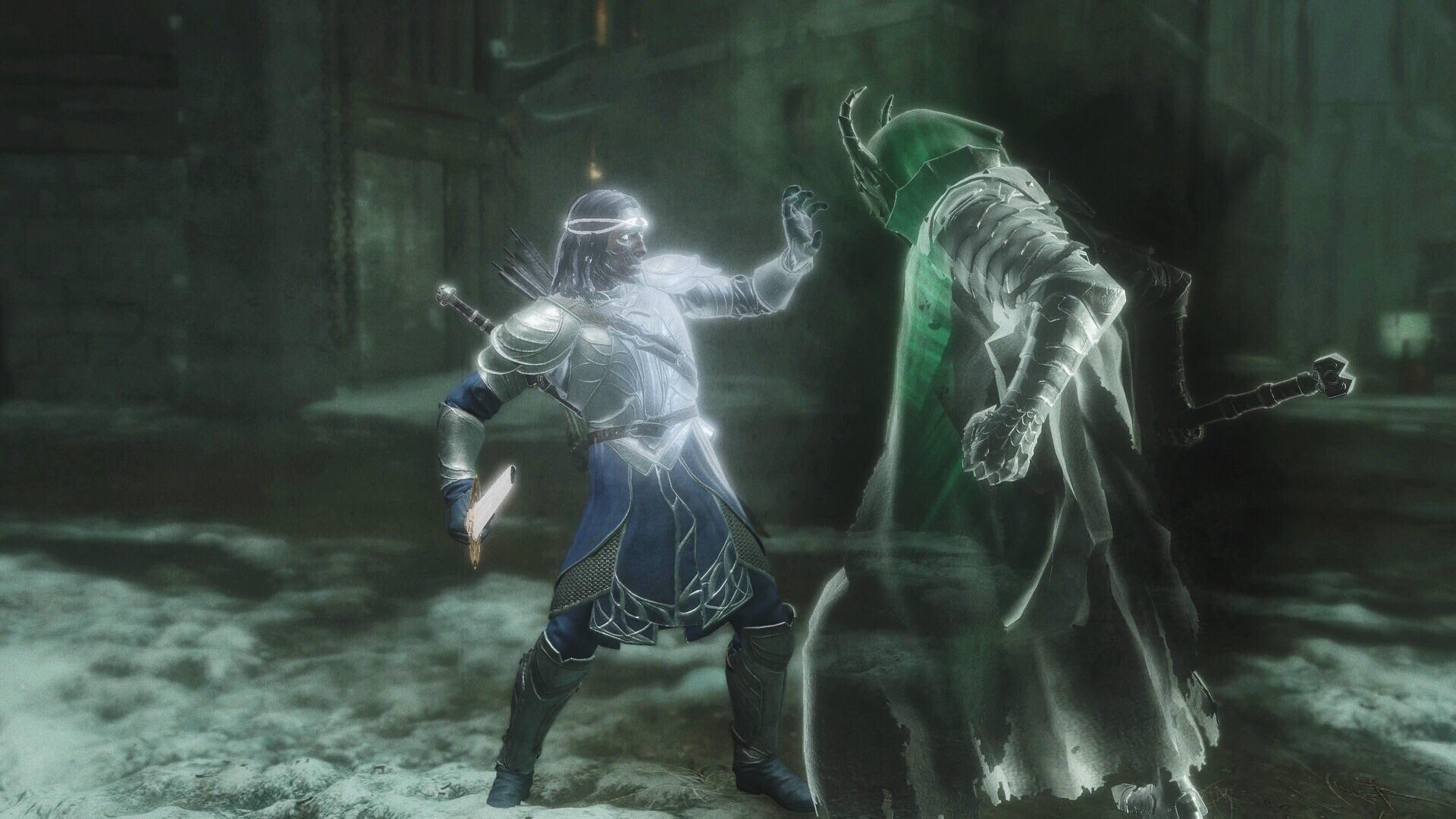
Story: There are several big issues with the story and overall narrative in SoW. The game is trying hard – there are multiple story ‘branches’ that you can tackle as you see fit; for example the Balrog plotline has its own mission types, so if you feel like progressing that you can do, and the same for the other plots, including the main story. The issue here is that in order to give the player this liberty, none of the plots are overlap or intertwine, and sometimes things feel disjointed if you’ve progressed one story quite far, then another one you start is introducing you to basic mechanics. The story itself also doesn’t really tie into the themes and plot of SoM – Talion forging a new ring and wanting to take over Mordor just doesn’t really feel like the motivations of the SoM Talion. But there we are.
Half-baked mechanics: I mentioned above that there’s an overall inconsistency with this game, that reeks of the developers saying ‘yes’ to everything they thought could work, and cramming every idea into the game regardless. More features doesn’t always make for a better experience, especially when some of those features feel undercooked at best and at worst completely ill-thought out. For instance there are several new classes of Orc with specific abilities, but sometimes you’ll be introduced to them and never see them again. The ability to fly drakes is another one – a good idea, but it’s just not developed well enough into proceedings to feel worthwhile.
Pointless busywork: I mentioned above the ‘mini-game’ that occurs at the top of the Ubisoft towers, when you pan around uncovering things on the map. Sadly this isn’t the only annoying, shallow, tedious piece of busywork the game insists upon. One trinket scattered around the world are the ‘Shelob memories’ which appear as shiny spiders across the map. When you find one, you have to do a bizarre rubix-cube-esque puzzle that doesn’t really take any skill, just trial and error. Why? It’s already a massive game, the content doesn’t need padding like this! Speaking of busy work, how many collectibles do we really need? The first game had enough already, but now we’ve got memories, Ithildin, artifacts, weapons as well as the orcs themselves. It’s just too much.
Butchered lore: This series definitely gets a pass from me when it comes to religiously sticking to the lore, and so it should. In Talion they’re introducing a character that has been created for the game, and entwining his soul with Celebrimbor is just something that doesn’t happen in Tolkien lore, but that’s fine – it’s just fun fan fiction. I don’t mind it. However, when they completely retcon the Lore, or undermine it, is when things get unacceptable. As with the new Nazgul recruits mentioned, Monolith have done certain things here that overstep the mark. Shelob – an iconic villain from The Two Towers and an integral feature of Middle Earth has been turned into… a sexy woman? Why? For marketing appeal? Granted, chatting to a spider every half an hour might have seemed odd gameplay-wise, but why make it Shelob at all? Also, the forging of a new ring of power really does undermine the whole point of Sauron’s character and actions. Things are just too far removed from the Lore in this game, and it just dampens the experience.
Management: I spent a lot fo time in menus in Shadow of War. There’s just too much micro-management for an action game, and the menu system isn’t intuitive enough. As you battle through Mordor, you’ll have to mange your orc army (which differs within each region), your siege lineup (made up of orcs within said army), your character upgrades, and your armour and weapon upgrades. Things aren’t really explained well enough, and some parts of the menu I just ignored completely. Thank God they stripped out the micro-transactions, which let you buy Orcs (why?) and armour, which would have added yet another layer to the whole mess.
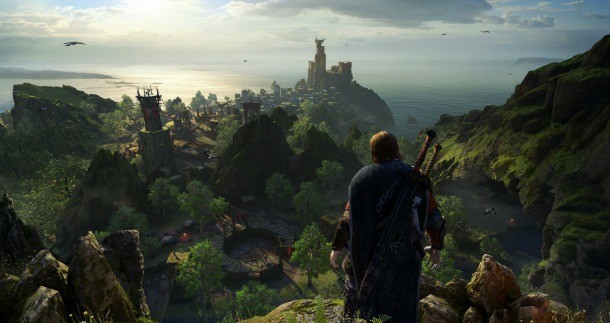
Assassin’s Creed Syndrome: Alas, my main gripe I had with SoM is back again, and it’s even more of a disappointment as Monolith have created a truly gorgeous world here. What is Assassins Creed syndrome? It’s being presented with a huge detailed map, and having no incentive to explore. Whilst every area looks different, they’re actually the same – they have the same collectibles, the same action points, the same sieges, the same fighting pits, and the same hazards. There’s nothing about Minas Ithil that fundamentally makes it unique bar its looks – you can’t do anything unique or interesting in the tower of Minas Morgul – it’s just another piece of scenery. Everything is scenery. What’s more, everything of interest is represented on the map with an icon – there’s no need to explore that cave or use your actual eyes to survey the landscape – just keep an eye on that mini-map. This feels like SoW’s biggest missed opportunity, they’ve given us a beautiful slice of Middle-Earth, but given us no reason to explore every nook and cranny of it.
Overall
With Shadow of War, Monolith had the right idea – keep what was good about the first game, make everything bigger and add more stuff. Sadly, they’ve gone a bit awry and not fixed the issues with the first game, and incorporated too many new features and as a result haven’t developed the majority of them enough to make them worthwhile. With that being said, it’s still a gorgeous game and most importantly a fun game. I played it all the way through, and enjoyed my time with it, warts and all. The fundamental action gameplay is fun, recruiting Orcs and the Nemesis system is still fun, and the Fortress Sieges are truly brilliant. If there was a third game, I’d love for them to keep these good things, but do give us a living, breathing world that felt like it was worth exploring, respect the lore a little more, and streamline and polish the features.
Score: 3/5